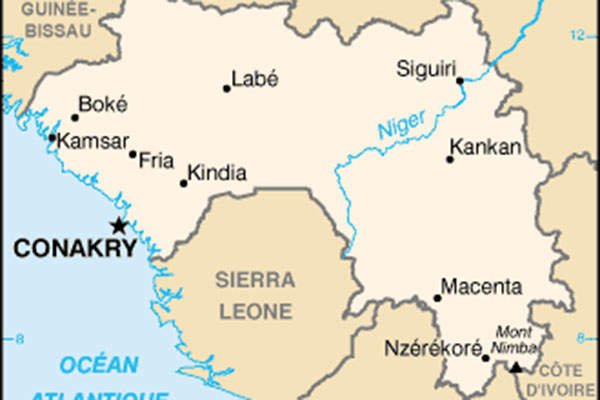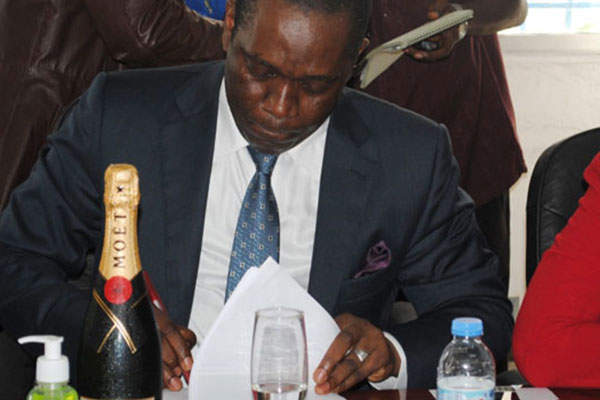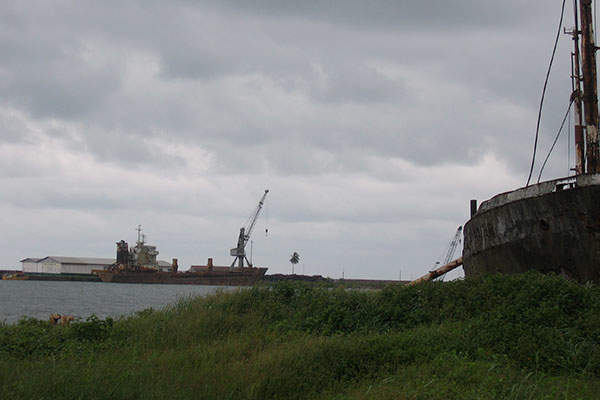Nimba iron ore project is a high-grade, direct shipping ore (DSO) deposit in south-east Guinea, Africa. It is one of the biggest undeveloped on or near-rail DSO projects in West Africa.
The project is being developed by West Africa Exploration, a subsidiary of Sable Mining Africa (80%) and Nimba Mining (20%).
Nimba iron ore deposit and reserves
Related content
Simandou Iron Ore Project
Simandou iron ore mine is located in south-east Guinea, Africa.
An exploration permit for the iron ore project was granted in January 2012. The Government of the Republic of Guinea granted the mining licence in September 2013 and a preliminary feasibility study (PFS) was completed in March 2014.
Project construction is expected to start in 2015 after the completion of the bankable feasibility study and financing. Iron ore production is scheduled to commence in the first quarter of 2016.
The mine is estimated to have a life of more than 25 years. Production will start at a rate of 1.5 million tonnes a year (Mtpa) in the first year and will increase to 3Mtpa in the second year.
The JORC-compliant reserves of the Nimba deposit are estimated to be 53.96Mt grading at 61.6% iron (Fe).
Nimba DSO project location and geology
Nimba iron ore project is located in the south-eastern part of Guinea, near the border with Liberia and Cote d’Ivoire. It is situated approximately 800km from the country’s capital Conakry, and 26km from the existing railway at Tokadeh in Liberia.
The iron ore deposit is located at the base of the 1,000m-tall Mount Nimba, which is one of the highest iron ore peaks in Africa. It stretches over three plateaus with a total combined aerial extent delineated of approximately 35km² and contains easily fragmented rock, which will allow high crushing rates at low power consumption.
The deposit is hosted by a detrital iron mineralisation known as ‘canga’, which is deposited in palaeochannels next to the Mount Nimba mountain range. The range comprises itabirite, quartzite and other schists emplaced onto a terrane of tonalitic granite-gneiss, migmatite and sedimentary gneisses.
Detrital iron ore is derived from the erosion of the iron-rich lithologies of the Nimba Range, and moved downhill to be distributed in south-west trending palaeochannels incised into the granite basement.
Mining and transportation of iron ore from Nimba
Nimba will be an open pit operation using the truck and shovel method to extract ore. Metallurgical test results indicated the use of a simple dry plant process featuring crushing and screening to produce high-grade lump in the early stages of production. It will be followed by the addition of a wet process, which is anticipated to produce high-grade lump as well as fine ore.
Plateaus two and three are proposed to be mined and hauled by road to a transfer yard near Yekepa, Liberia. The DSO ore will be stockpiled and loaded into rail wagons before being transported to the Port of Buchanan for shipping.
Shipment of iron ore from the Nimba mine
West African Exploration signed a 25-year Infrastructure Development Agreement with the Government of Liberia in January 2015, for the export of iron ore from the Nimba mine through Liberia. The agreement includes the development, ownership rights, financing, use and operation of rail and port infrastructure for the transportation of iron ore to the Port of Buchanan through the Yekepa rail line.
Sable Mining will construct a new section of rail line from Guinea to Tokadeh to Yekepa, linking with the existing Yekepa railway line.
Contractors involved with Nimba project development
Xstract Mining Consultants, a subsidiary of Calibre Group, conducted the updated resource estimate for the Nimba project.








